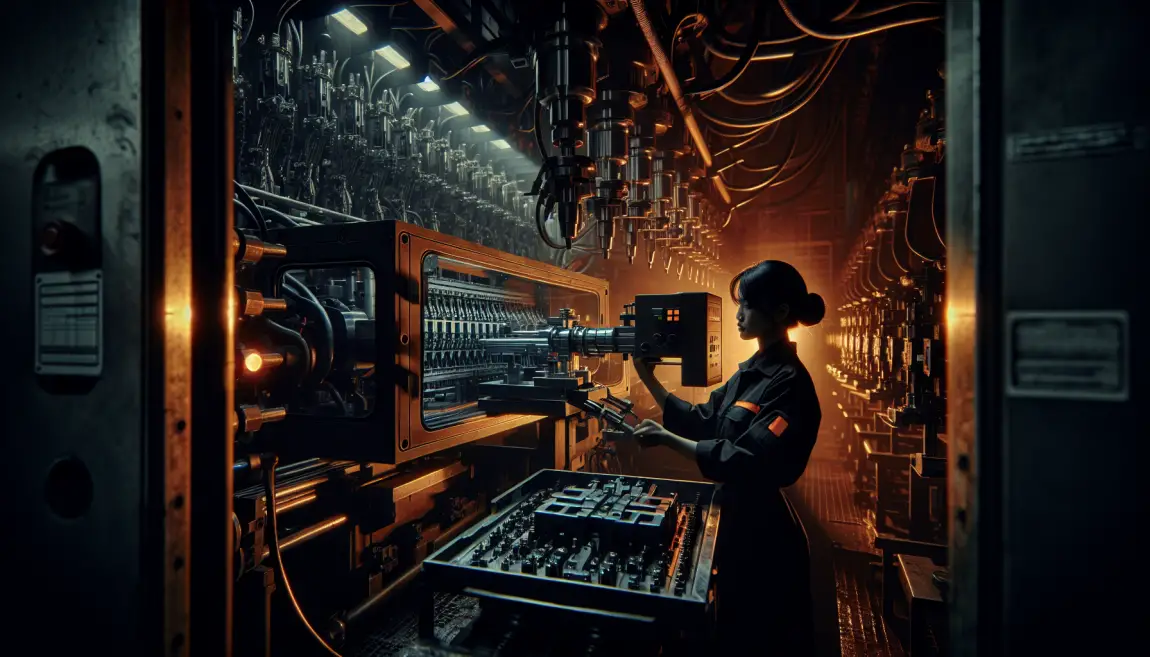The article on optimizing the setup of injection molding clamps and ejectors provides a comprehensive guide that is crucial for improving efficiency and longevity of the molding equipment. The technical advices shared are not only practical but deeply rooted in enhancing operational effectiveness by meticulously detailing each phase of the mold's movement and the significance of precise settings.
The emphasis on the meticulous setup of mold opening and closing speeds, positions, and the nuanced adjustments required for different types of molds underlines a precision-driven approach in the industry. These setups play a pivotal role in not just safeguarding the equipment from premature wear and tear but also in ensuring the quality of the manufactured parts. The detailed exploration into the mechanics, such as the impacts of setting close speeds too fast or the correct positioning for ejectors, reflects a deep understanding of the physical dynamics at play within injection molding machines.
Industry Impact and Environmental Considerations
From an industry perspective, the implications of such technical efficiency extend beyond just operational cost savings. They contribute to sustainability practices within manufacturing. By optimizing cycle times and reducing scrap rates through better setup practices, factories can significantly lower their waste output and energy consumption, aligning with broader environmental sustainability goals. This aspect, albeit indirectly mentioned, is critical as industries worldwide push towards greener manufacturing processes.
Technological Advancements and Future Trends
Technological advancements in the field of injection molding, such as the development of more precise and programmable machines, could further enhance the relevance of the setups described. The integration of AI and machine learning for real-time adjustments presents an exciting frontier for the industry, potentially leading to smarter, more adaptive manufacturing environments.
The article also underscores a crucial educational componenttraining technicians and engineers to understand and implement these complex setups is fundamental. The precision required in these processes suggests a significant learning curve and highlights the need for continuous professional training and development in the field.
Conclusion
Overall, this article serves as an essential read for professionals in the plastics manufacturing and molding industry, offering both a technical manual and a strategic guide. By improving our understanding of machine setup requirements and their impact on productivity and product quality, businesses can achieve better results, ensuring equipment longevity and reduced operational costs. Future research might expand on integrating automatic setup features, which could revolutionize the industry standards currently in place.
View original article:
https://www.plasticstoday.com/injection-molding/the-troubleshooter-how-to-set-up-injection-molding-clamps-and-ejectors-for-maximum-cycle-times



Leave a Reply